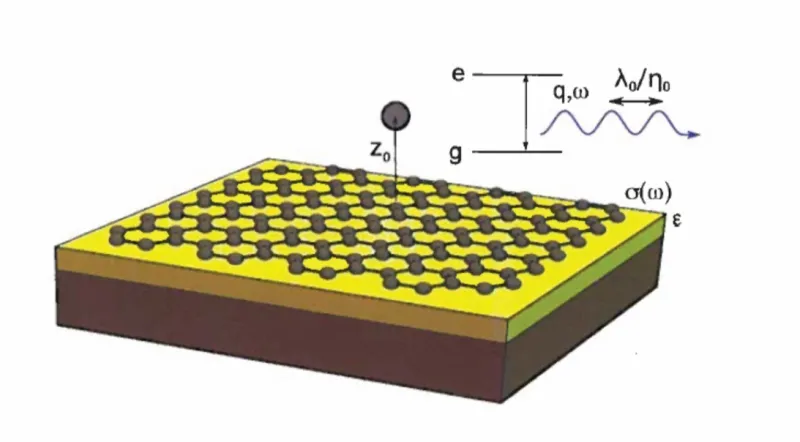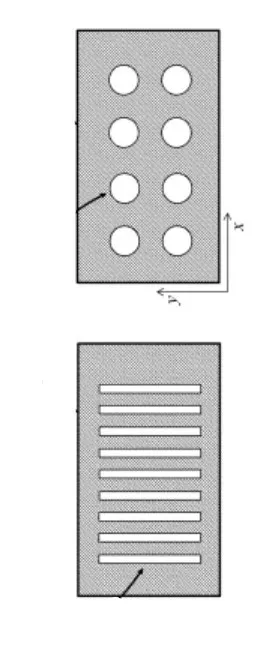Plasmons for Spectroscopic, Light Emission, and Broadband Light Generation Applications
This technology comprises apparatuses and methods to enhance access and observability of slow light emission properties. The technology can be used to create light emitters for organic light sources, broadband light emission, and spectroscopy.
Researchers
-
apparatus and methods for spectroscopy and broadband light emission using two-dimensional plasmon fields
Patent Cooperation Treaty | Published application -
apparatus and methods for spectroscopy and broadband light emission using two-dimensional plasmon fields
United States of America | Granted | 10,352,856
Figures
Technology
This technology comprises multiple apparatuses to access slow electron transitions for spectroscopy, broadband emission, and quenching. The spectroscopy platform uses a radiation source to emit an excitation beam into a conductive layer, generating a 2D plasmon field. A probe beam then illuminates the testing sample in the 2D plasmon field. The sample absorbs spectral components of the probe beam, which is measured by a detector.
The broadband light emission platform uses an emitter placed a short distance away from a conductive layer. A light source illuminates the emitter with a monochromatic beam of light, exciting the emitter from first to second energy state. When the emitter relaxes to the first state, a broadband light beam is emitted with at least two plasmons.
The quenching platform uses molecules in singlet and triplet states that are placed above a 2D plasmon supporting surface. An emitter in an excited state quenches through the spontaneous emission of 2D plasmons by the surface molecules. The rate at which triplet state molecules can be quenched is tunable electronically by varying the conduction electron density of the surface.
Problem Addressed
Transition processes emit light when excited electrons return to a relaxed state. Multipolar transitions produce data on the electronic structure of a material through spectroscopy. Quenching (the process of decreasing fluorescence intensity) of organic molecules can be achieved with spin-flip transitions. Broadband light sources, which turn a monochromatic beam of light into a broadband beam, can be built based on multiphoton transitions.
Unfortunately, the three aforementioned transition processes are usually too slow to be observable. The slow emission is attributed to long wavelengths of emitted light being larger than the size of an emitter. Accessing a large set of really slow light emission processes is the major technical challenge that this technology attempts to address through two-dimensional (2D) plasmon fields.
Advantages
- Enhance access and observability of slow light emission processes
- Enable the development of emitters for spectroscopy, broadband light beams, and organic light sources
- Tunable quenching for organic light sources through electron density conduction
Publications
Nicholas Rivera, et al. "Shrinking Light to Allow Forbidden Transitions on the Atomic Scale." Science 353, 263-269 (2016). DOI: 10.1126/science.aaf6308.
License this technology
Interested in this technology? Connect with our experienced licensing team to initiate the process.
Sign up for technology updates
Sign up now to receive the latest updates on cutting-edge technologies and innovations.

